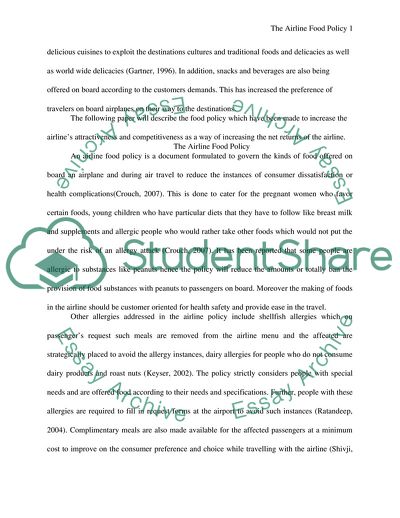Cite this document
(Airport and Airline Policy Coursework Example | Topics and Well Written Essays - 1250 words, n.d.)
Airport and Airline Policy Coursework Example | Topics and Well Written Essays - 1250 words. https://studentshare.org/tourism/1779053-airport-and-airline-policy
Airport and Airline Policy Coursework Example | Topics and Well Written Essays - 1250 words. https://studentshare.org/tourism/1779053-airport-and-airline-policy
(Airport and Airline Policy Coursework Example | Topics and Well Written Essays - 1250 Words)
Airport and Airline Policy Coursework Example | Topics and Well Written Essays - 1250 Words. https://studentshare.org/tourism/1779053-airport-and-airline-policy.
Airport and Airline Policy Coursework Example | Topics and Well Written Essays - 1250 Words. https://studentshare.org/tourism/1779053-airport-and-airline-policy.
“Airport and Airline Policy Coursework Example | Topics and Well Written Essays - 1250 Words”. https://studentshare.org/tourism/1779053-airport-and-airline-policy.


